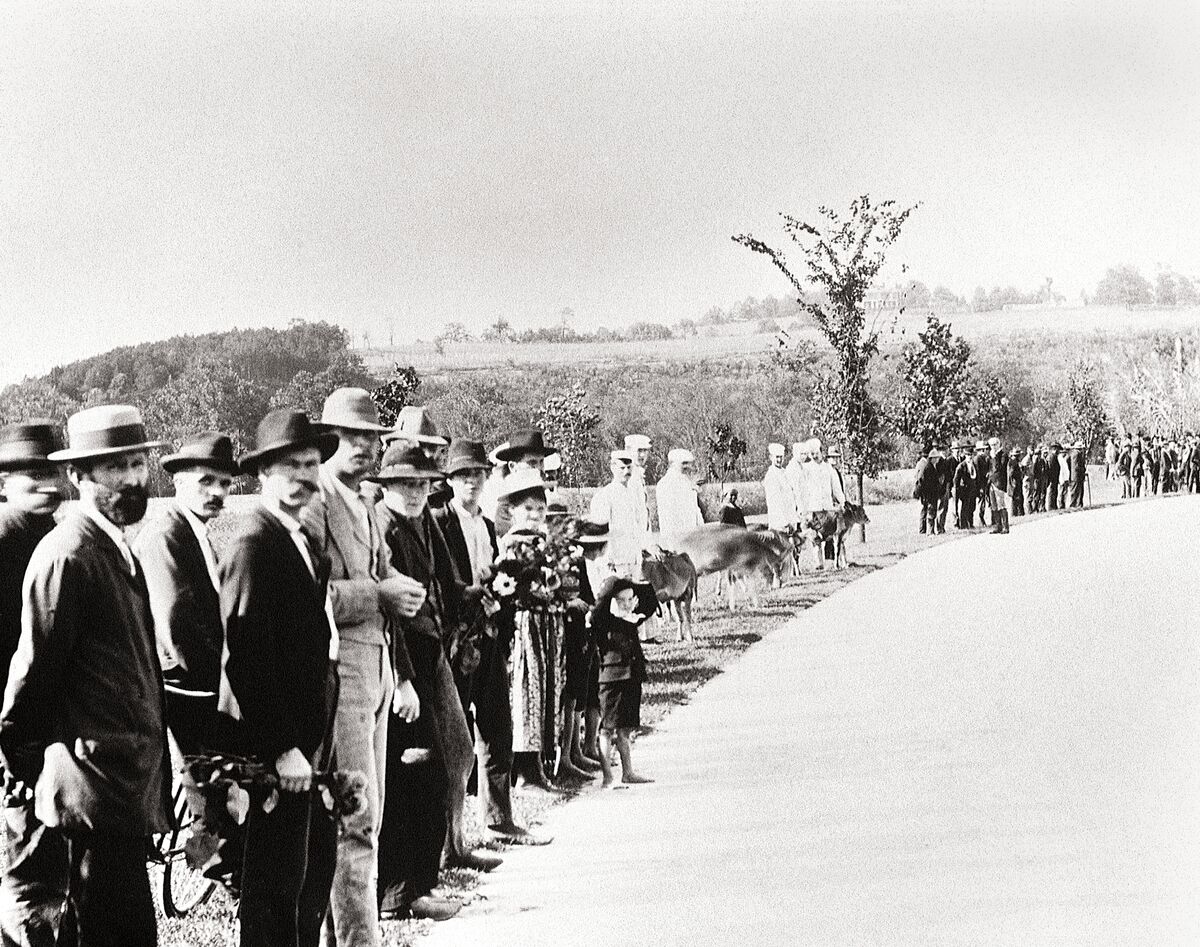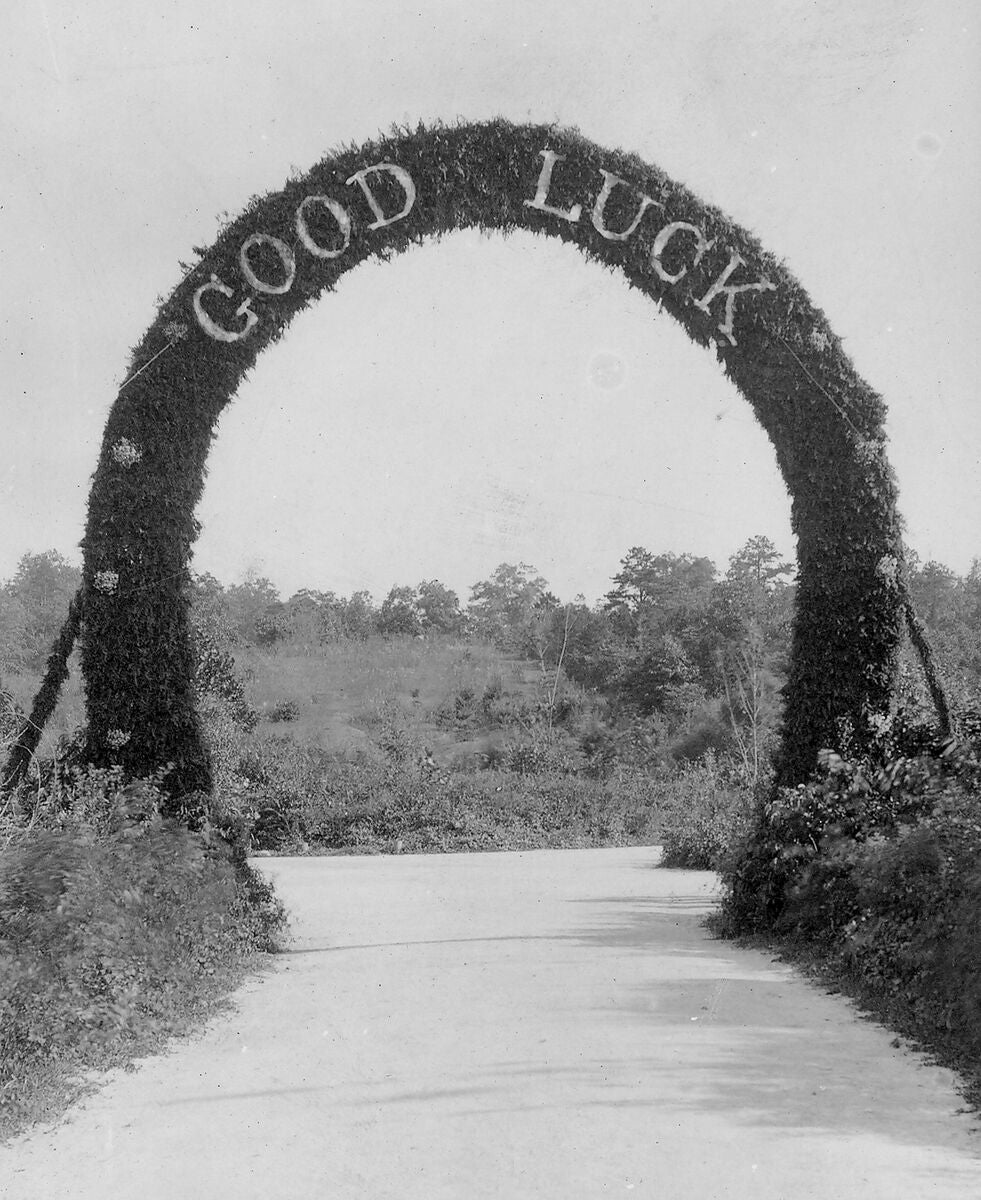Recently, Biltmore’s Lenore Hardin, Associate Collections Manager, was cataloguing a servant’s livery coat from the Biltmore House collection when she discovered a label inside. It read, “S. Patrick… Mrs. Geo. Vanderbilt… Nov. 12 1921.”
Since the Museum Services staff was unaware of a servant by that name who had worked at Biltmore House, they dug a little deeper. Through research both in the Biltmore archives as well as in birth, death, census and transatlantic passenger records, they were able to piece together the sad tale of an interesting man.
Like many other footmen who worked at Biltmore, Sefton Patrick was an Englishman trained in domestic service recruited to work at Biltmore. He first appears on a passenger list from Southampton, England to New York in 1913. He was 29 years old, single, and his profession was listed as “steward.”
Soon thereafter he was hired by George Vanderbilt’s sister, as he shows up on the 1920 U.S. Census as a servant working in the New York home of William Seward and Lila Webb.
In 1921 Sefton Patrick began work at Biltmore House as a footman, or underbutler. It appears by all accounts that he was a hardworking, devoted member of the domestic ranks. In February 1922, however, he became ill with tuberculosis. At first he was cared for by a local doctor, and correspondence in the archives indicates that Edith Vanderbilt helped support Patrick by sending him monthly checks.
He recovered enough to come back to work in the fall of 1923, but he had a second “breakdown” in February 1924 and was admitted to the Stonehedge Sanitarium in Asheville. His condition was serious enough that estate superintendent Chauncey Beadle helped Patrick get a disability insurance policy. Biltmore continued to pay for his doctor’s bills and as well room and board at three different sanitariums.
 Mrs. Vanderbilt planned to employ Patrick “to take charge of her garden and grounds around her new home” once his condition improved. Patrick wrote to Mrs. Vanderbilt:
Mrs. Vanderbilt planned to employ Patrick “to take charge of her garden and grounds around her new home” once his condition improved. Patrick wrote to Mrs. Vanderbilt:
“I must thank you for your kind offers, received through Mr. Hopkins. It is really thoughtful that you should so consider my future… Am glad to say that I continue to feel well and hold my weight, so there is every reason to believe that I am making good progress and will eventually overcome it permanently. I am more than sorry that there seems little chance of me starting work in December but if I continue to improve I hope that I will be well enough in the spring… I sincerely feel that is my duty both to you, for giving me such an opportunity, and to Dr. Dunn who takes a personal interest in my care… I must thank you for your continued interest, it is a tremendous help, and a continual incentive for me to do my very best to get well and make a real cure.”
Sadly, Patrick’s condition did not improve. In 1926, he moved to New Mexico, where thousands of tuberculosis patients had traveled to seek treatment with its dry climate, high elevation, and sunshine.
In November 1927, Patrick wrote to Mrs. Vanderbilt’s secretary, William Ashby: “Glad to say I’m going on pretty well. Haven’t made such rapid progress as I had hoped but am getting over the danger period (Dr. Peters noticed that I slipped periodically) but have steadily improved so can feel encouraged that am on the way to permanent cure.”
A few months later, Patrick wrote to Beadle about some insurance matters. He noted, “I have more than a suspicion that Dr. Peters considers me a ‘chronic’ case though I refuse to look at it in that light myself. My argument is that if one can change for the worse—one can also for the better! I know it is a question whether I can recover sufficiently to return to my old occupation or any kind of physical work. That is the reason I now spend my mornings at school—I feel bookkeeping etc. should be handy in whatever line I may happen to work in the future.”
Patrick continued to correspond with Beadle and Ashby throughout the year, always giving reports on his health in an upbeat manner and expressing confidence in an eventual cure. In a letter dated April 8, 1927, however, Patrick conceded: “My mother is 73 years old. Up until the time of my sickness I had visited her often. I had just returned from England previous to coming to Mrs. Gerry six years ago. I am glad to say she is in wonderful health but should anything happen it would be necessary for me to go and needless to say I would like to be with her before. . . . . . It is an event that I cannot contemplate but of course has been in my mind since this ‘curing’ has taken so long.”
By 1928 it is clear that Patrick’s health had deteriorated even more. In one of his last letters, he wrote, “Glad to say am pretty well though I’m 20 pounds lighter than when I got here and at present don’t walk. I feel once I can regain my appetite though I’ll pick up again.”
Death records indicate that Sefton Patrick died on December 26, 1928. He was laid to rest in Albuquerque, New Mexico.
Photos
Top right: Servant livery coat worn by footman Sefton Patrick, 1921.
Center: Close up of coat button showing George Washington Vanderbilt's monogram.
Bottom right: Close up of coat button showing the Cecil family crest.
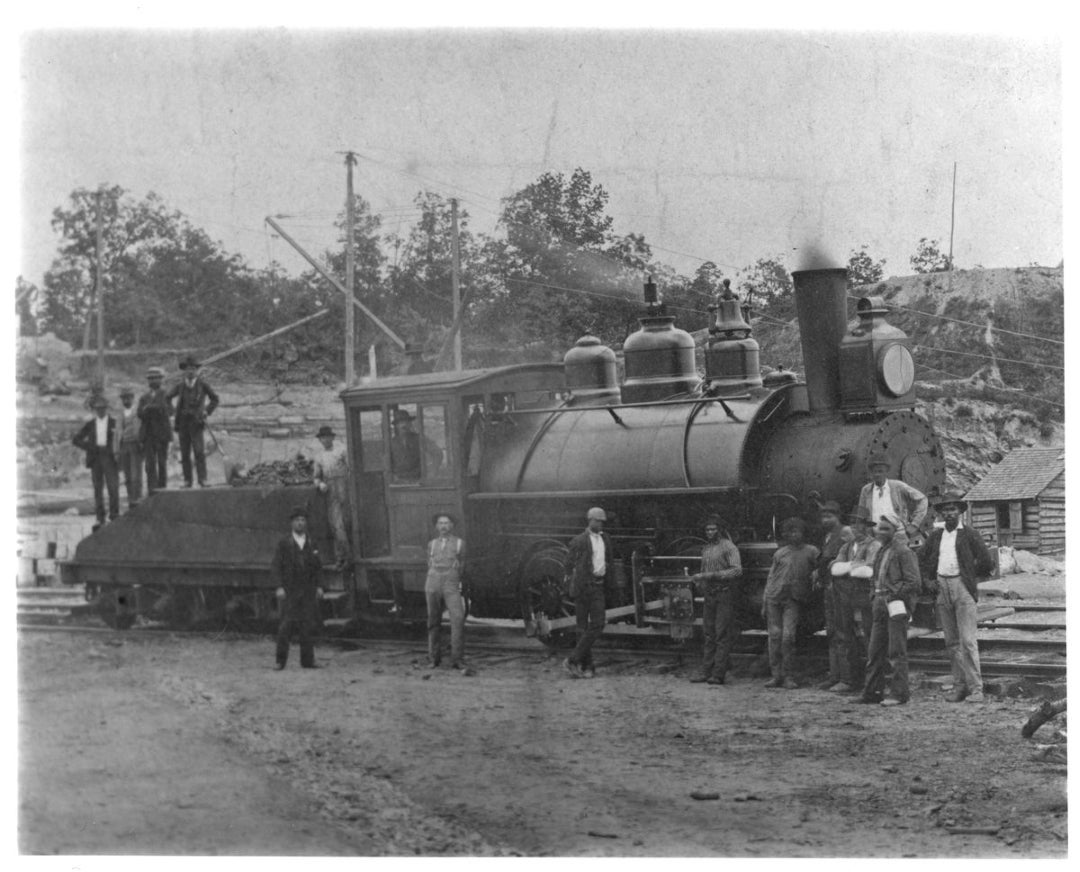
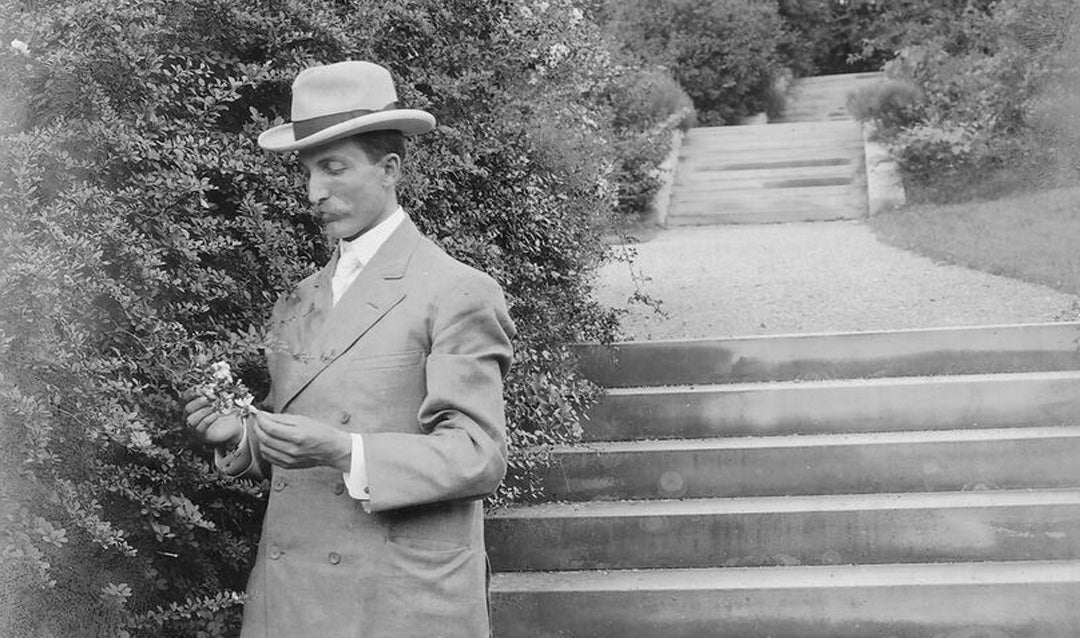
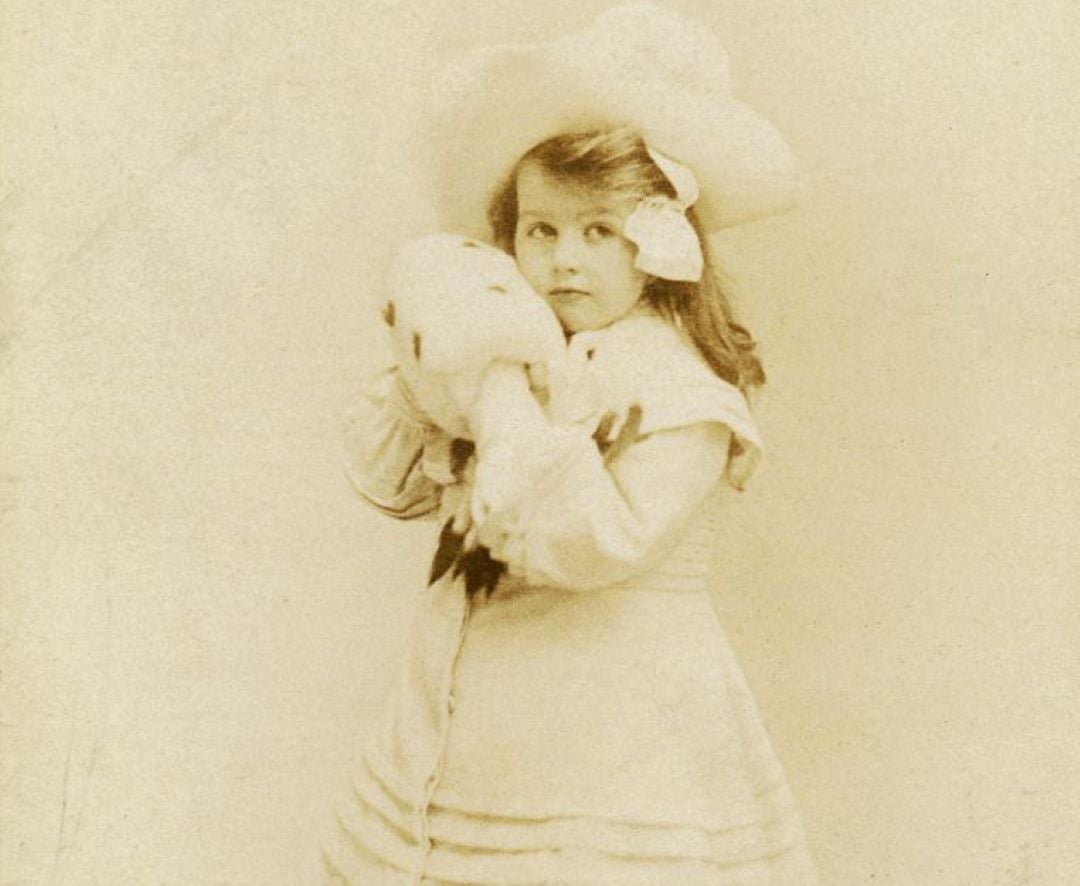
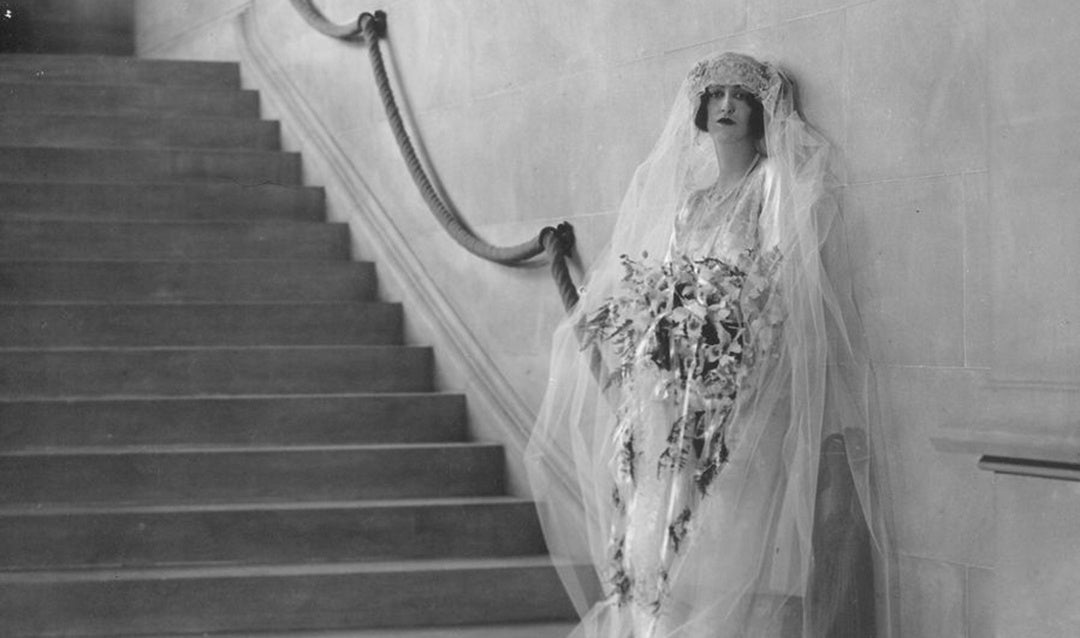
 (Right) Standing portrait
(Right) Standing portrait


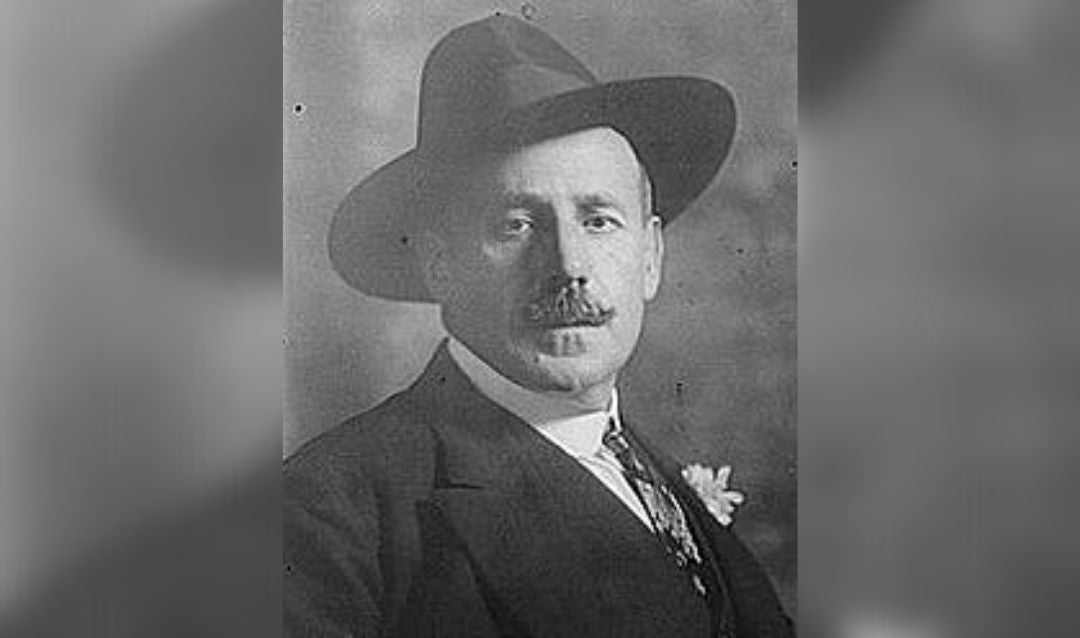
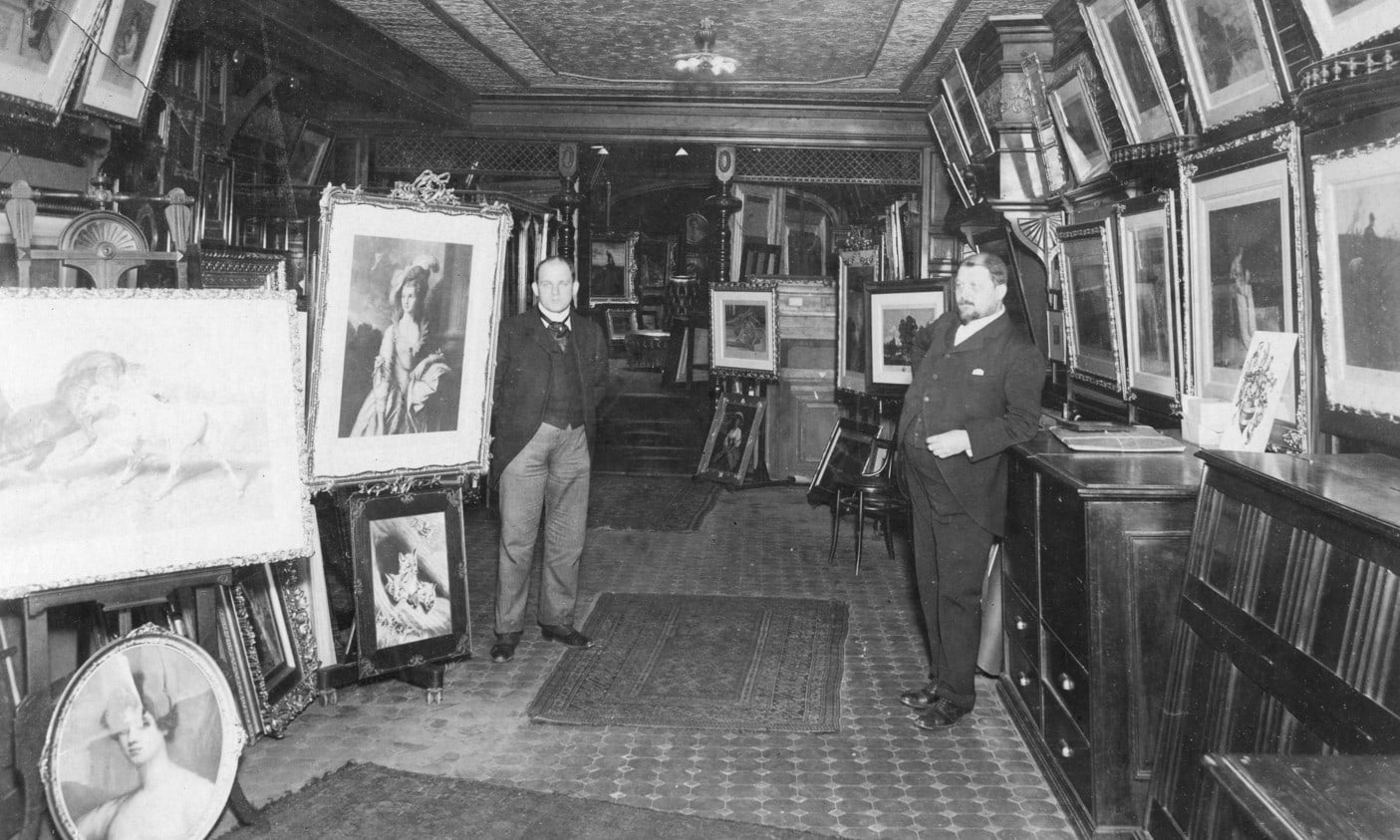
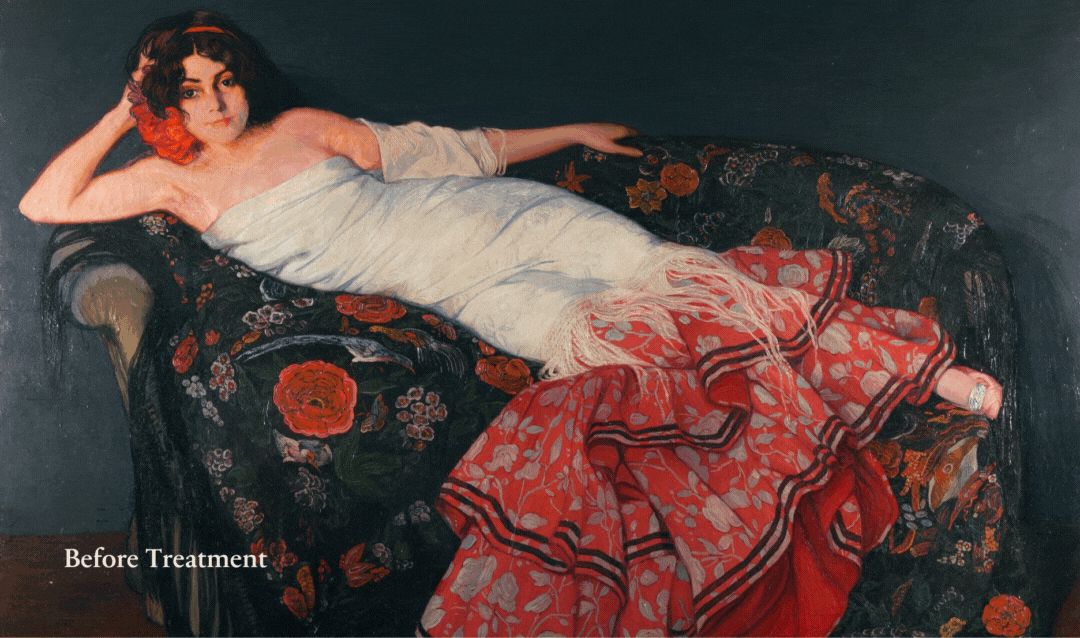
 Both of Edith’s parents both passed away in 1883, but the children’s elderly maternal grandparents stepped in to raise the five siblings who ranged in age from six to nineteen. The young Dressers moved to their grandparents’ home in Newport, and a governess named Mademoiselle Marie Rambaud was added for the girls. Pauline’s memoirs mention how Mademoiselle Rambaud had the Dresser girls adhere to the following regime:
Both of Edith’s parents both passed away in 1883, but the children’s elderly maternal grandparents stepped in to raise the five siblings who ranged in age from six to nineteen. The young Dressers moved to their grandparents’ home in Newport, and a governess named Mademoiselle Marie Rambaud was added for the girls. Pauline’s memoirs mention how Mademoiselle Rambaud had the Dresser girls adhere to the following regime: Following the death of their grandmother in 1892, Edith and her sisters spent some time traveling, returning to Newport for a few months before taking an apartment in Paris for the next several years.
Following the death of their grandmother in 1892, Edith and her sisters spent some time traveling, returning to Newport for a few months before taking an apartment in Paris for the next several years.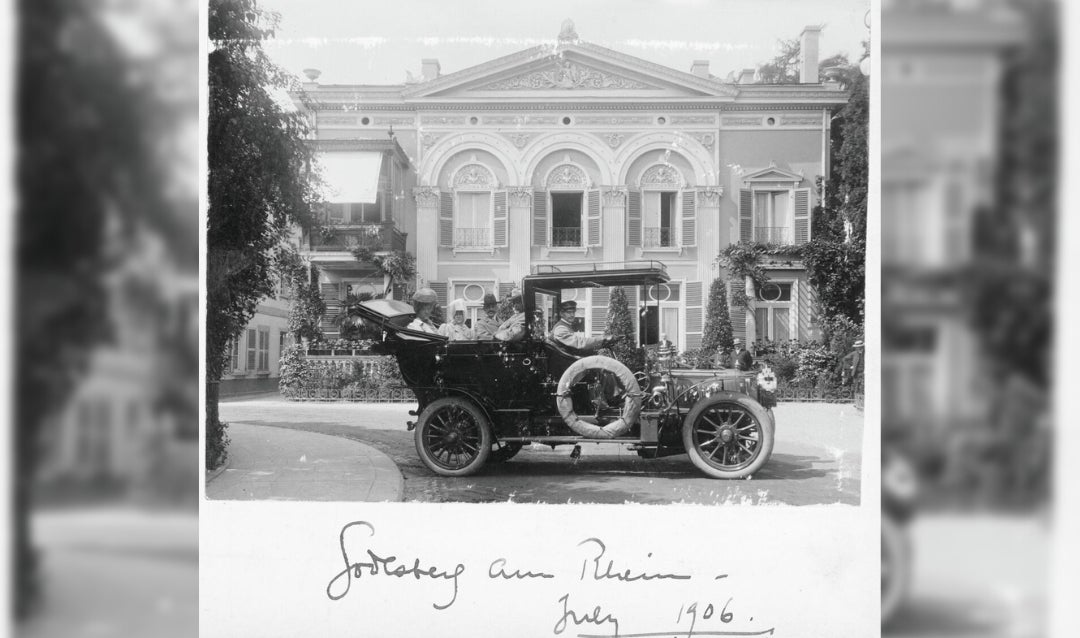
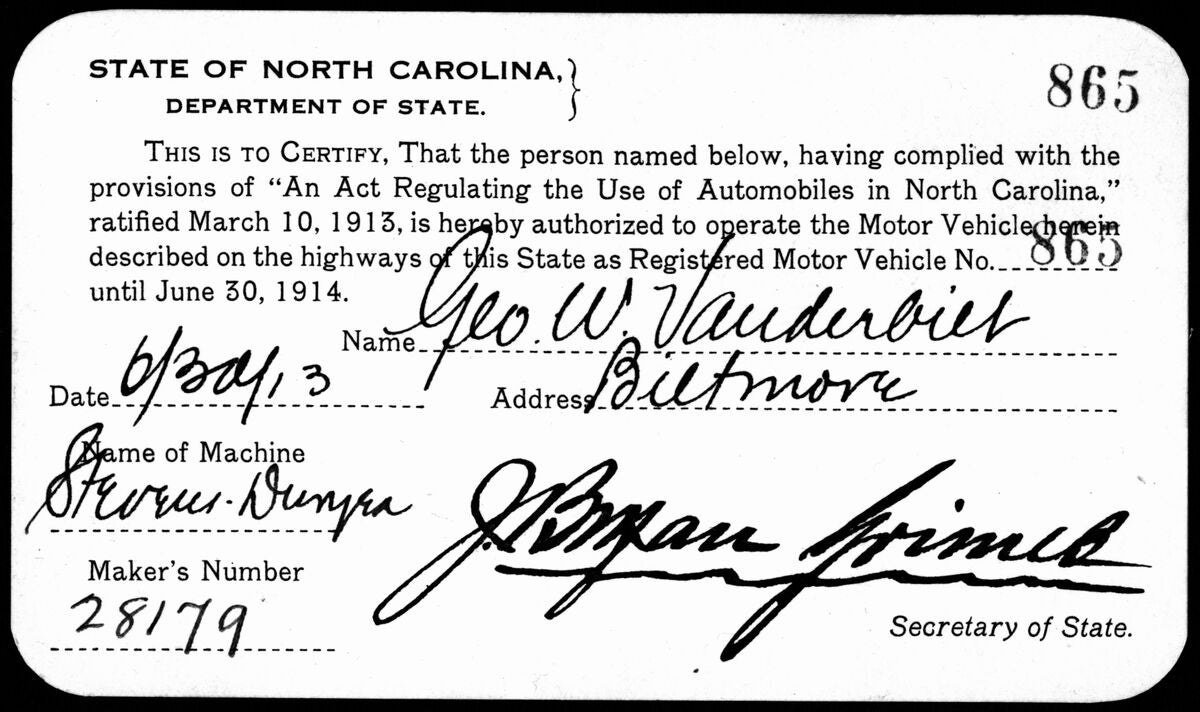
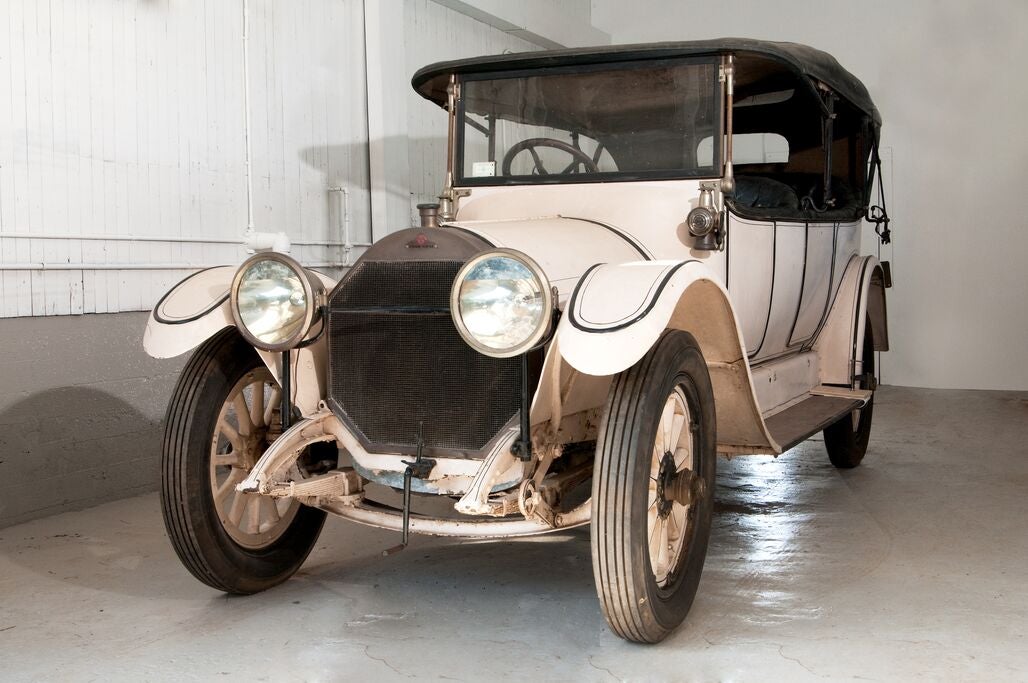
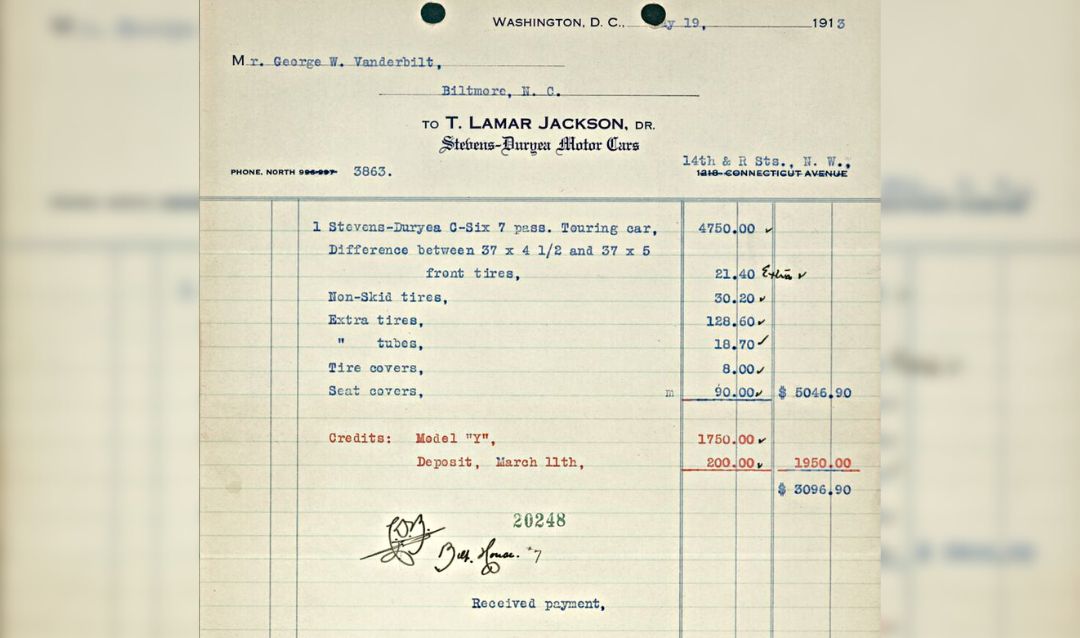
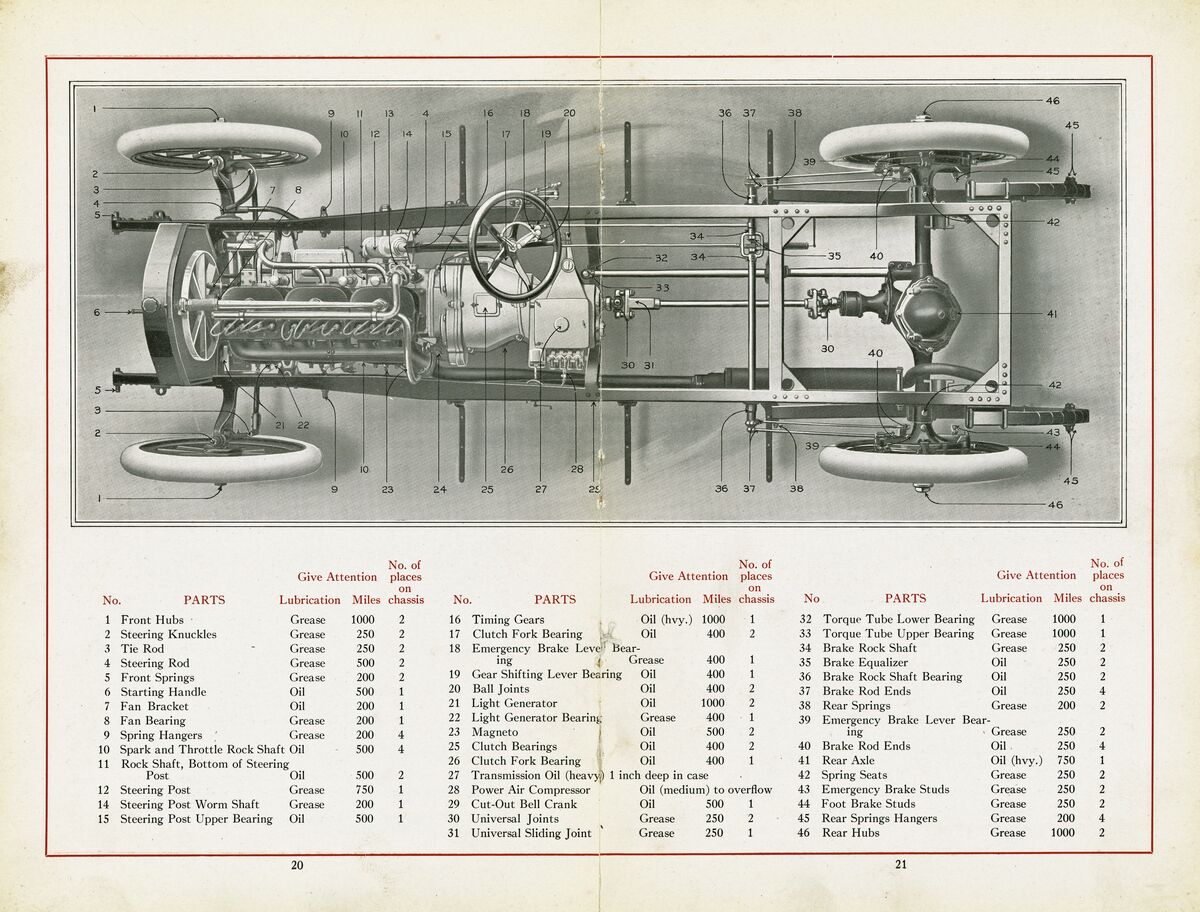
 How our tradition began
How our tradition began The celebration continues
The celebration continues “A Vanderbilt Christmas”
“A Vanderbilt Christmas”